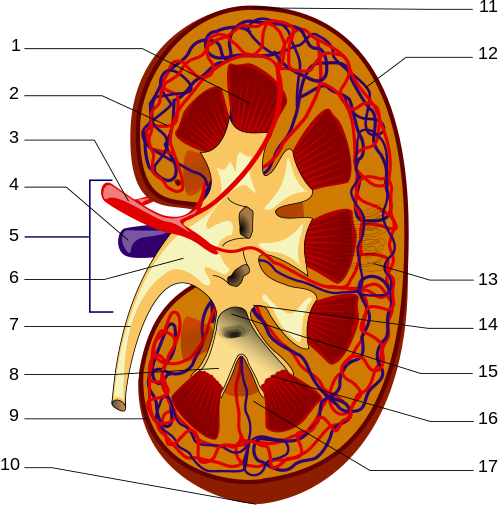
Photo from academic.microsoft.com
Unique challenges exist in the diagnosis and treatment of glomerular diseases with their onset during childhood. Mounting evidence supports the notion that earlier onset cases occur due to larger numbers… Click to show full abstract
Unique challenges exist in the diagnosis and treatment of glomerular diseases with their onset during childhood. Mounting evidence supports the notion that earlier onset cases occur due to larger numbers of genetic risk alleles. Nearly all causes of adult-onset glomerulonephritis, nephrotic syndrome, and thrombotic microangiopathy have also been described in children, although the prevalence of specific causes differs. Postinfectious glomerulonephritis, Henoch-Schönlein purpura nephritis, and minimal change disease remain the most common causes of glomerular disease in younger children in the United States and can be diagnosed clinically without need for biopsy. IgA nephropathy is the most common pediatric glomerular disease diagnosed by kidney biopsy and is considered the most common chronic glomerulopathy worldwide. In both developing and developed countries, there is a strong relationship between infectious diseases and nephritis onset or relapse. Although research has led to a better understanding of how to classify and manage glomerular diseases in children, the need for disease-specific biomarkers of activity and chronicity remains a hurdle. The strength of the immune system and the growth and maturation that occurs during adolescence are unique and require age-specific approaches to disease management.
Journal Title: Advances in chronic kidney disease
Year Published: 2017
Link to full text (if available)
Share on Social Media: Sign Up to like & get
recommendations!